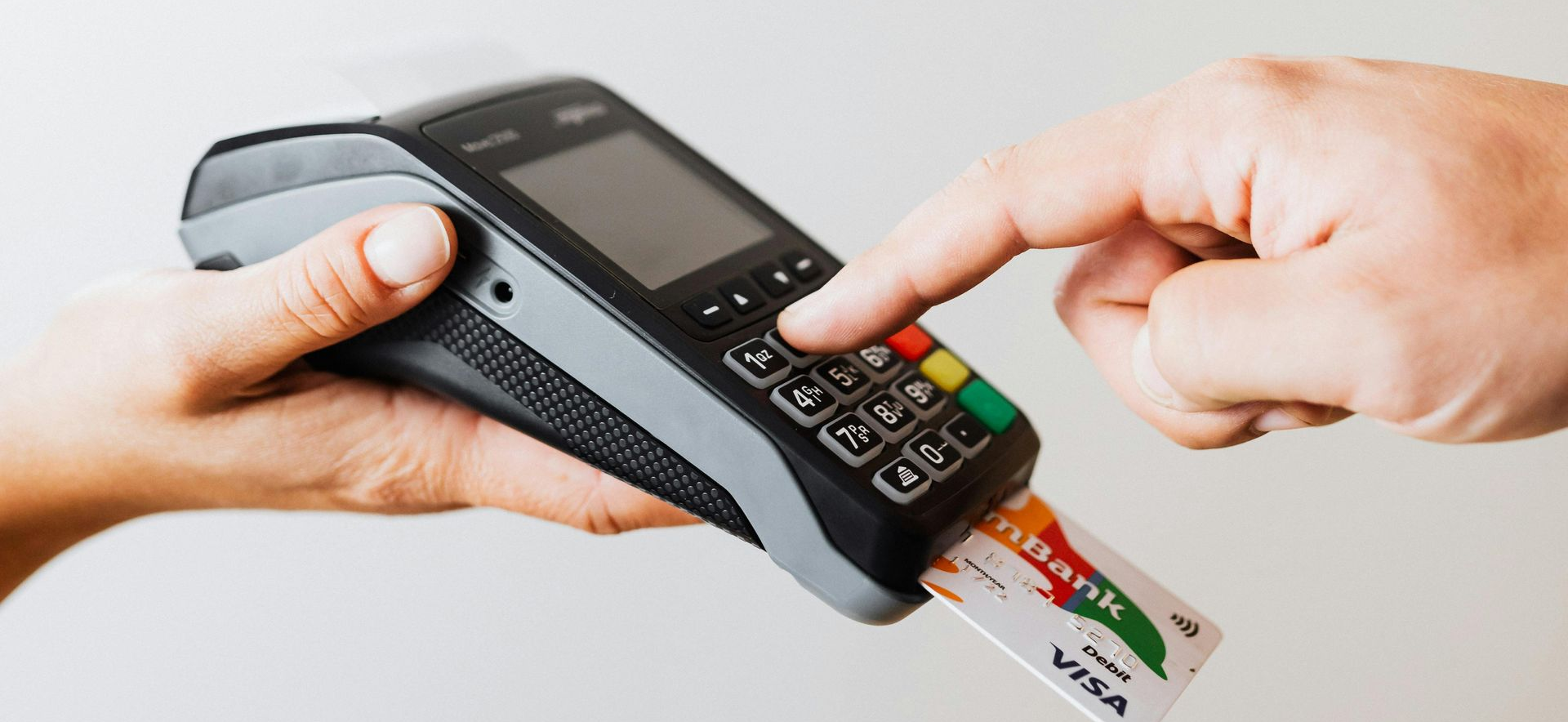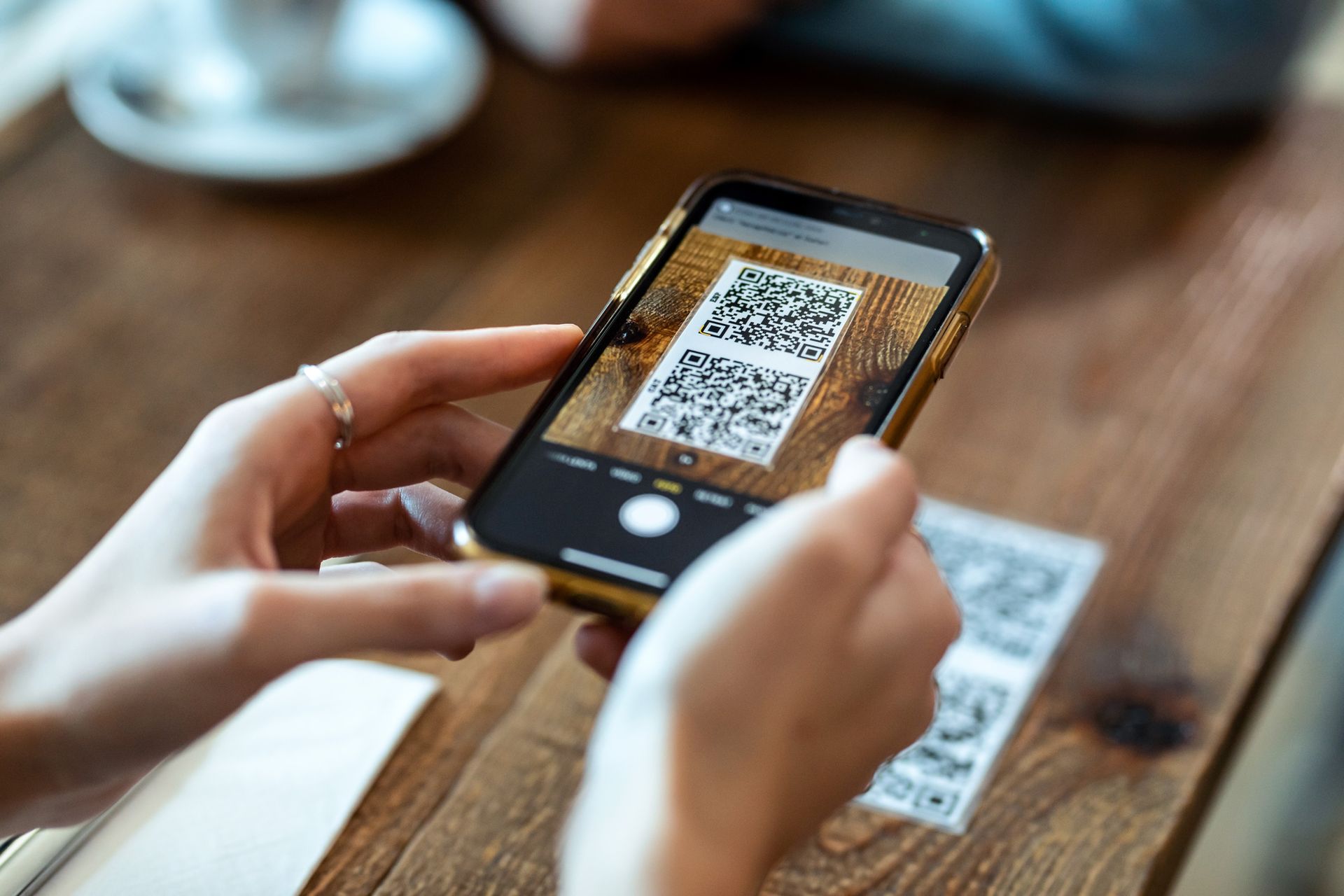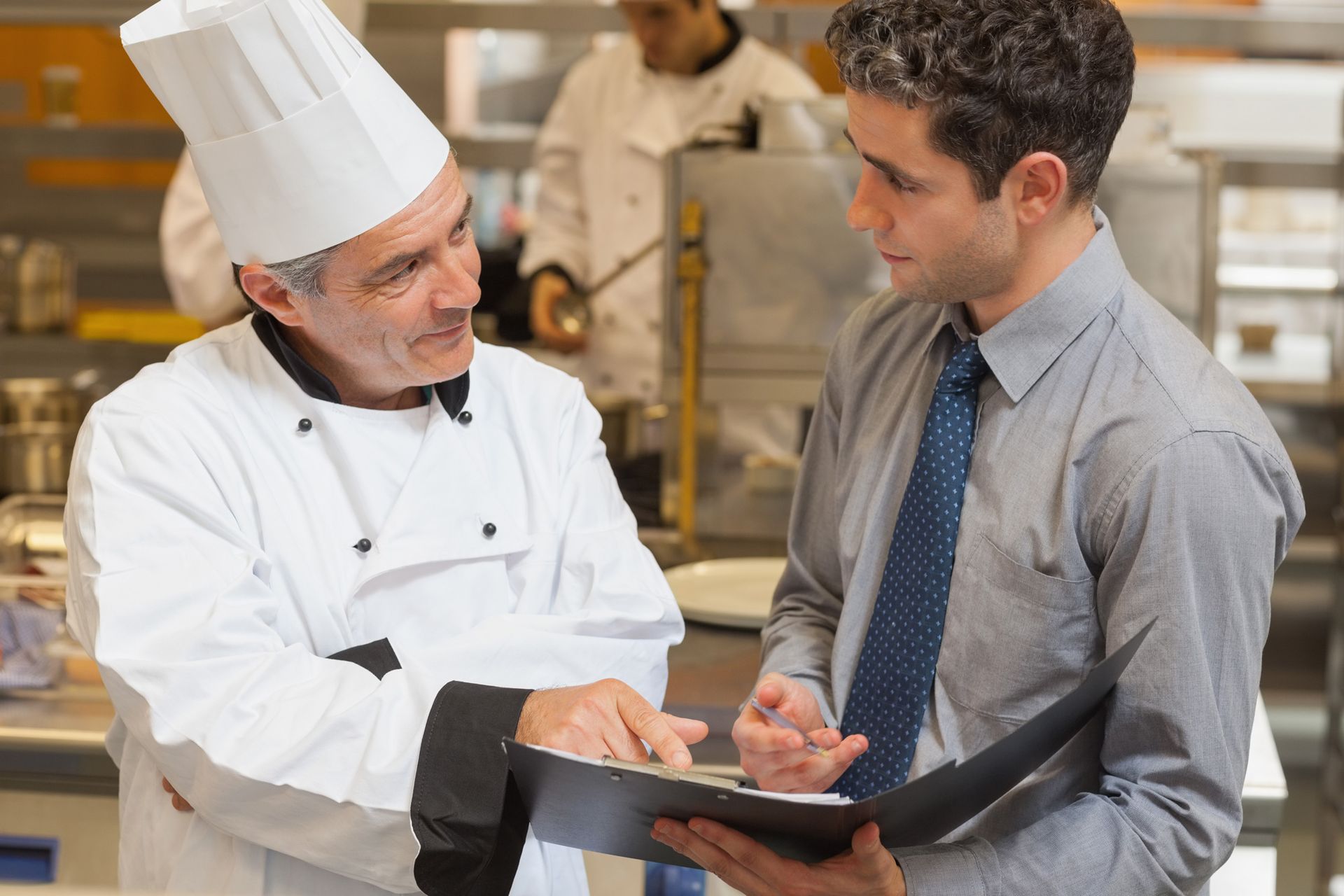Using POS Data to Design your Menu for Profit
As a restaurant owner, you probably have an idea of what your best-selling dishes are.
The burgers that fly out of the kitchen, or that one popular pasta you're constantly re-stocking ingredients for.
But what if I told you that your "best-selling" item might not be the one making you the most money?
And what if a few simple design changes on your menu could dramatically increase your profits?
The answers are in your Point of Sale (POS) system.
Your POS is a treasure chest of data that reveals exactly what your customers love and, more importantly, which items are padding your bottom line.
Relying on guesswork is just leaving money on the table.
At Main Street Menu Club, we’re not just designers; we're data analysts. We use your POS data to engineer menu designs that increase profit and sales. Let's break down how you can use this powerful data to turn your menu into your most effective salesperson
Best-Selling vs. Most Profitable: The Two Numbers That Matter Most
- Best-Selling (Popularity): This is purely about volume. You can find this information easily in your POS system's "Item Sales Report." It tells you that you sold 500 orders of French Fries last month and only 80 orders of the Ribeye Steak. Simple.
- Most Profitable (Profitability): This is about your profit margin on each dish. To find this, you need one more piece of information: the Cost of Goods Sold (COGS) for each menu item. The formula is straightforward: Menu Price - COGS = Gross Profit. The Ribeye Steak might only sell 80 units, but if it has a $20 profit margin ($1600 total profit), it's far more valuable than the 500 orders of fries that only have a $1.50 margin ($750 total profit).
Understanding this difference is everything. Your goal isn't just to sell more food; it's to sell more of the food that makes you the most money.

The Menu Engineering Matrix: Finding Your Winners
You figure out your sales volume (popularity) and profit margin (profitability) for each item and then you can use a classic tool called the Menu Engineering Matrix.
Your items will fall into one of four categories:
- ⭐ Stars (High Profitability, High Popularity): These are your superstars. They are loved by customers and make you great money. Your entire menu design should be built around highlighting these items.
- 🧩 Puzzles (High Profitability, Low Popularity): These are your hidden gems—highly profitable dishes that people just aren't ordering often enough. They represent a huge opportunity. With the right menu design, you can turn a Puzzle into a Star.
- 🐴 Plowhorses (Low Profitability, High Popularity): These are your workhorses. They are popular and keep customers coming back, but they don't contribute much to your bottom line. Think side salads, fries, or a basic chicken sandwich. You need to keep them, but you don't need to promote them.
- 🐕 Dogs (Low Profitability, Low Popularity): This is the dead weight. These items aren't popular, and they don't make you money. They take up valuable space on your menu and in your inventory. In most cases, these should be removed.
How to Design Your Menu for Maximum Profit
Now for the fun part: using this data to strategically design your menu. Your menu's layout isn't arbitrary; it's a science. Customers' eyes tend to follow a specific path. You can use this to your advantage.
1. Spotlight Your Stars ⭐
Studies show that a customer's eyes are typically drawn first to the center of the page, then the top right, then the top left. This is where you should position your Stars.
Place your Star items in these high-visibility zones. Make them impossible to miss by putting a box around them, using a slightly bolder font, or adding a small, tasteful icon like a star or "House Favorite" label next to them.
2. Solve Your Puzzles 🧩
Puzzles are your biggest design opportunity. They are already profitable; they just need a marketing push. Give a Puzzle a prime spot on the menu, perhaps in that top-right corner. Rewrite its description using enticing, sensory words (e.g., instead of "Chicken with sauce," try "Pan-seared chicken breast with a creamy, sun-dried tomato and basil sauce"). Consider featuring one Puzzle with a single, high-quality professional photograph.
3. Manage Your Plowhorses 🐴
Plowhorses are popular crowd-pleasers, but their high demand doesn’t always equal high profit. The key is to keep them on the menu while making small adjustments that boost margins.
Avoid giving them prime real estate—let guests discover them lower on the list. To elevate profitability, consider a slight price or recipe adjustment, or pair them with high-margin add-ons. For example: “Make it deluxe with bacon and avocado for $2.”
4. Hide (or Remove) Your Dogs 🐕
Dogs are taking up space, if you’ve identified them and confirmed that they are simply not selling, get rid of them and replace them with potential stars.
Stop Guessing. Start Selling.
Analyzing POS reports and calculating profit margins for every single item takes a lot of time and attention to detail but it takes the guesswork out of the picture, it helps you find out what products to highlight and what others to get rid of.
Don’t leave things to chance, don’t leave money on the table, your menu should be your hardest-working employee, upselling and training servers, improving sales and increasing profits, our job is to make your menu work smarter.
Ready to see what your data is telling you?
Get in touch and start using data to design a menu that actively grows your business.








